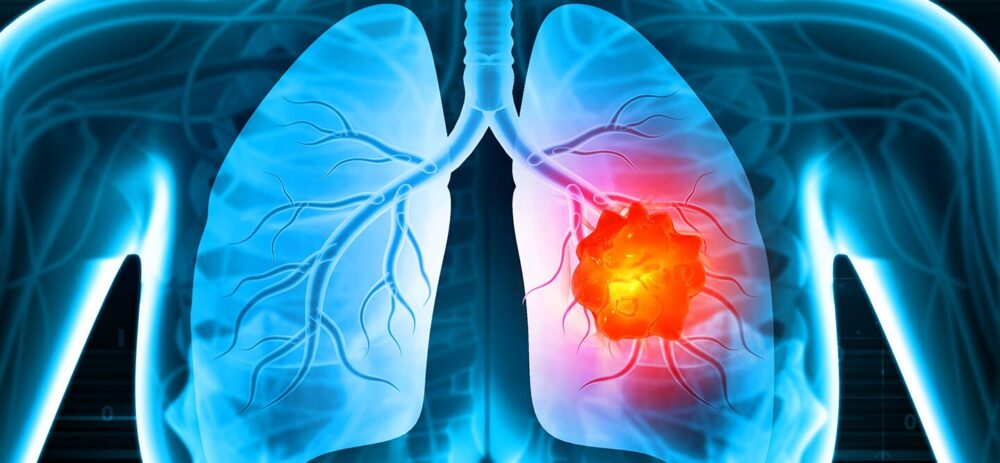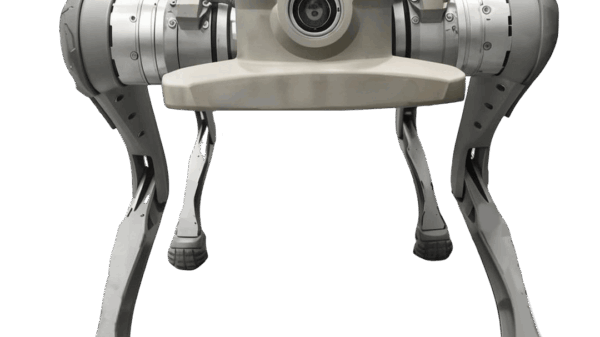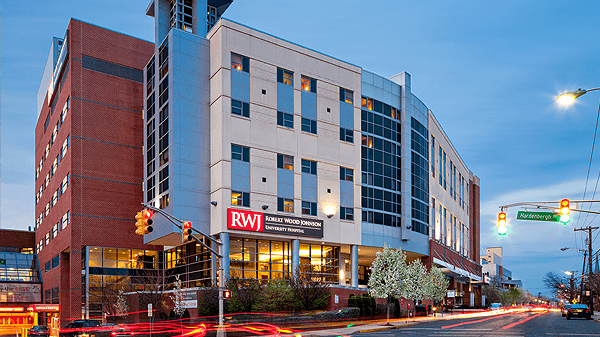The Lung Cancer Surgery Market has been steadily growing as elements like cost effectiveness mingle with new technologies to make treatment more efficient and accessible.
The market for lung cancer surgery is estimated at USD$5.4 billion in 2023 and is expected to reach USD$7.9 billion by 2032, growing at a compound annual growth rate (CAGR) of 4.3 per cent between 2024-2032. according to the S&S Insider report, released on Monday.
The key developments are led by advances in robotic-assisted surgical systems and imaging technologies, which enhance surgical precision and improve patient outcomes. Suppliers respond with innovative products, including robotic-assisted surgery systems and monitoring tools, delivering higher accuracy and reducing recovery times.
Healthcare providers heavily invest in advanced systems to meet patient preferences for minimally invasive treatments with fewer postoperative complications.
Hospitals dominate the end-user segment, while ambulatory surgical centers (ASCs) rapidly gain traction for their cost-effectiveness and quicker recovery timelines.
Driven primarily by technological advancements, North America leads the market. However, the Asia-Pacific region experiences the fastest growth due to expanding healthcare infrastructure and increased awareness of early detection and treatment.
Robotic-assisted surgery systems dominated the market in 2023, capturing 23.4 per cent of the share due to their precision, low invasiveness, and improved surgical outcomes.
Surgeons prefer these systems for their enhanced visualization and smaller incisions, which lower complication rates and shorten recovery times.
Monitoring and visualizing systems drive rapid growth, with advancements in imaging technologies such as augmented fluoroscopy and cone-beam CT improving accuracy and reducing risks.
Read more: Breath Diagnostics onboards new president and closes critical financing
Read more: Artificial intelligence proven to help in cancer screening
Minimally invasive surgery led market in 2023
The report also broke down the prevalence of surgery by type and geographical region.
Minimally invasive surgery led the market with a 67.1 per cent share in 2023, offering patients quicker recovery times and fewer postoperative complications. The integration of robotic systems continues to drive growth in this segment by enhancing precision and reducing risks. Open surgery, while growing at a slower pace, remains critical for complex cases that require extensive resections.
Lobectomy dominated surgical procedures with a 20.5 per cent share in 2023, maintaining its status as the gold standard for treating early-stage lung cancer due to its high survival rates. Segmentectomy and wedge resection are gaining traction as the fastest-growing procedures, particularly for localized tumors in patients with limited lung capacity. These procedures provide less invasive alternatives for individuals unable to undergo more extensive surgeries.
Early-stage surgeries accounted for 62.3 per cent of the market in 2023. This is because surgical intervention remains the primary treatment for localized tumours. Surgeries for advanced-stage cancers are also expanding rapidly, driven by increasing late-stage diagnoses and advancements in surgical techniques.
Hospitals dominated the end-user segment with 42.1 per cent of the share in 2023. They benefited from their robust infrastructure and specialized expertise for complex surgical procedures. ASCs, however, are the fastest-growing segment, offering cost-effective care and quick recovery times, which make them a preferred choice for outpatient treatments.
Read more: Breath Diagnostics pioneers novel lung cancer breath test
Read more: Breath Diagnostics takes aim at lung cancer with One Breath
Asia-Pacific emerges as fastest growing region
North America led the lung cancer surgery market in 2023, driven by the widespread adoption of robotic-assisted surgical systems and advanced imaging technologies. Industry leaders such as Intuitive Surgical Inc (NASDAQ: ISRG) and Medtronic (NYSE: MDT) push the industry along through continuous innovation and development of surgical tools.
Hospitals and ASCs in the U.S. and Canada take the lead in integrating these technologies. These enhance procedural efficiency and improve patient outcomes. The region’s strong healthcare infrastructure and high demand for minimally invasive procedures reinforce its market dominance. Furthermore, the growing preference for robotic systems, which reduce recovery times and enhance precision, further strengthens North America’s leadership in this field.
That being said, Asia-Pacific emerged as the fastest-growing region. The developments came about as a result of increased awareness of early diagnosis and treatment options and significant healthcare infrastructure investments.
Countries like China, India, and Japan are rapidly adopting advanced surgical techniques, including robotic-assisted surgeries. Subsequently, rising demand for high-quality medical care drives the incorporation of cutting-edge technologies. Companies such as Medtronic and Johnson & Johnson (NYSE: JNJ) expand their presence in the region by introducing cost-effective robotic systems tailored to local needs.
The U.S. Preventive Services Task Force recommends that individuals aged 50 to 80 undergo annual low-dose CT scans for lung cancer screening.
This guideline applies to those with a smoking history of at least 20 pack-years. Theses are derived by multiplying the number of packs smoked per day by the years smoked. The recommendation targets individuals who currently smoke or quit smoking within the past 15 years.
Read more: American Lung Association urges high-risk individuals to get lung cancer screening
Read more: GRAIL uses lung cancer blood test to determine who needs post-surgery therapy most
Breath Diagnostics offers standard-of-care option
There’s even more emerging technology around the corner to help physicians and patients diagnose lung cancer.
For example, Breath Diagnostics’ One Breath tech offers an alternative to traditional low-dose CT scans, which is the present standard-of-care for lung cancer diagnosis. Low-dose CT involves the use of radiation, albeit in lower doses, to assist with diagnosis.
In contrast, One Breath involves blowing into a bag, which then derives biomarkers called volatile organic compounds (VOCs) from the breath. OneBreath provides a quick, painless, and potentially more accessible option for screening, which reduces patient exposure to radiation.
Another emerging option is liquid biopsy, which involves testing blood samples for circulating tumor DNA (ctDNA).
This technique holds promise for identifying early-stage lung cancer with minimal invasiveness. This offers an alternative to more invasive procedures like tissue biopsies.
Both Breath Diagnostics’ OneBreath and liquid biopsy represent the growing shift toward less invasive, more accessible lung cancer detection methods, aiming to improve early diagnosis and patient outcomes.
.
joseph@mugglehead.com













